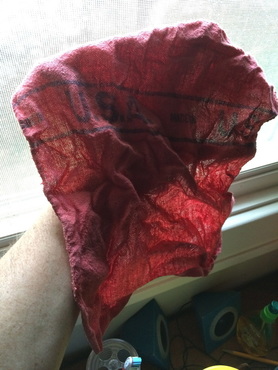 It's a gas station rag: more absorbent than a bandanna and you don't worry about getting it dirty. It's gone every step of the Lawson Trek -- plus a fifth of the Appalachian Trail, all over the Mediterranean, and around the world once.
It's a gas station rag: more absorbent than a bandanna and you don't worry about getting it dirty. It's gone every step of the Lawson Trek -- plus a fifth of the Appalachian Trail, all over the Mediterranean, and around the world once. “A towel, [The Hitchhiker's Guide to the Galaxy] says, is about the most massively useful thing an interstellar hitchhiker can have. Partly it has great practical value. You can wrap it around you for warmth as you bound across the cold moons of Jaglan Beta; you can lie on it on the brilliant marble-sanded beaches of Santraginus V, inhaling the heady sea vapors; you can sleep under it beneath the stars which shine so redly on the desert world of Kakrafoon; use it to sail a miniraft down the slow heavy River Moth; wet it for use in hand-to-hand-combat; wrap it round your head to ward off noxious fumes or avoid the gaze of the Ravenous Bugblatter Beast of Traal (such a mind-boggingly stupid animal, it assumes that if you can't see it, it can't see you); you can wave your towel in emergencies as a distress signal, and of course dry yourself off with it if it still seems to be clean enough.”
I thought of this because I was about to take a bike ride, and in my bike basket I always have a towel, of course, because you can use it to protect a bottle of wine that you buy, pat yourself off before lunch if you ride to meet someone, wrap up other purchases, or, I guess, ward off noxious fumes or avoid the gaze of the ... you get the idea.
Anyhow, I unconscionably failed to share the moment on May 25, the internationally celebrated towel day. Just the same I take comfort in the fact that by missing the date I celebrated as a writer the day I failed to celebrate as a traveler. That is, by missing the date I lived Adams' other most famous quote: "I love deadlines," he famously said. "I love the whooshing sound they make as they fly by."
So I include a picture here of the small hand towel the Lawson Trek keeps with it at all times. Plus, celebrating perhaps the best piece of travel advice ever given (Lawson offers no such simple advice) seems like a great way to note that we've hit the halfway point on the Lawson Trek -- our next steps will take us into Charlotte, which back in Lawson's time would have been better known as "where a couple paths cross." There Lawson reached what he called "the Kadapau King's House," where he met not only the Catawba king but another traveler, one John Stewart, a
Anyhow, Stewart joined up with Lawson at what we would call Charlotte, and the Catawba King expressed a good deal of dissatisfaction that Lawson and his friends did not care to consort with the "trading Girls" he provided for their entertainment: "his Majesty flew into a violent Passion, to be thus slighted, telling the Englishmen, they were good for nothing." I do not expect to be so feted in Charlotte, though I do expect to discuss barbecue there -- Lawson discusses it, and I happen to know someone there who knows all about barbecue.
There's lots to come as we turn towards the coast now, and lots to catch up on. You may expect to hear about the company where an enormous amount of the giant signs for auto dealerships all over the country happen to be made; of a woman who makes brooms by hand; of a bar where I passed one of the most pleasant hours of my life; and of my sojourn among those very Catawbas, who were very kind to me in South Carolina. So, Lawsonians: More to come, and plenty of it. Stay tuned.
And keep track of those towels.
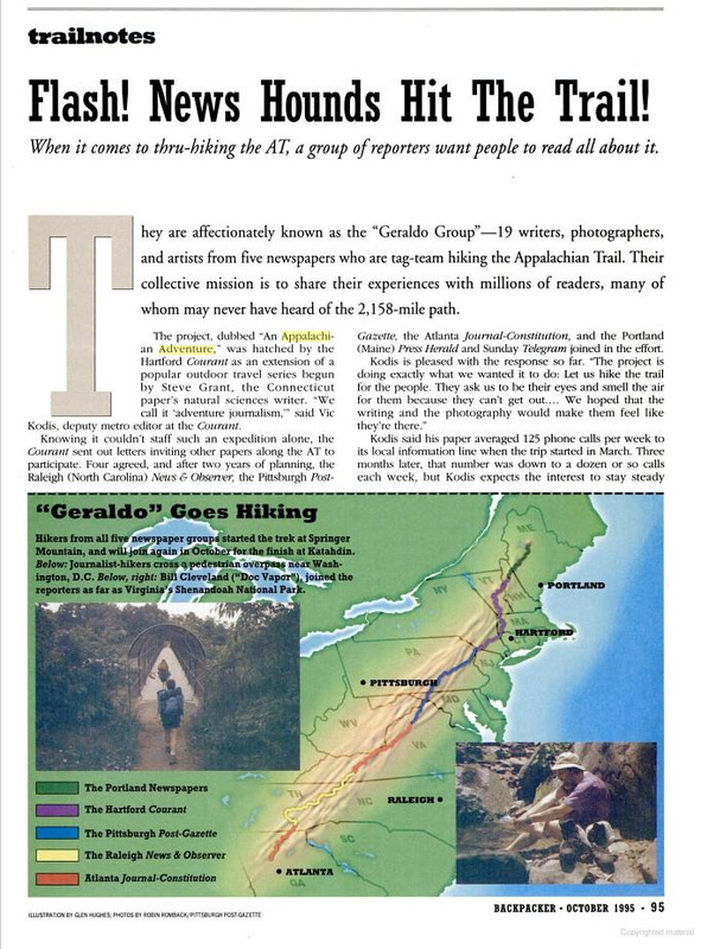
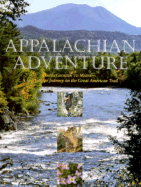
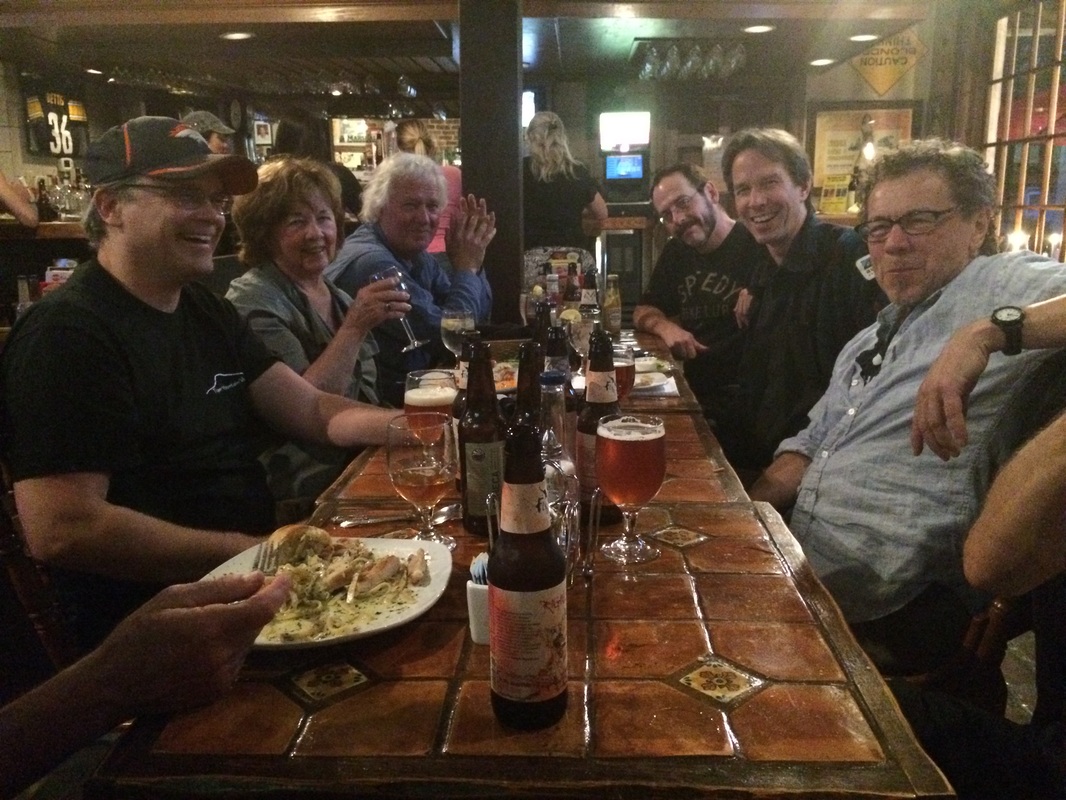

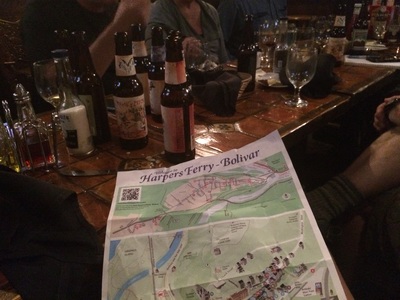
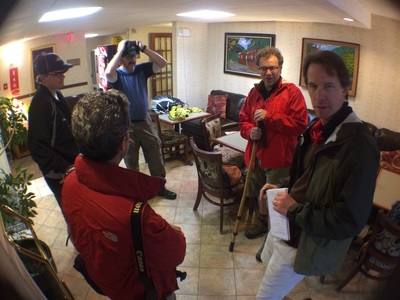
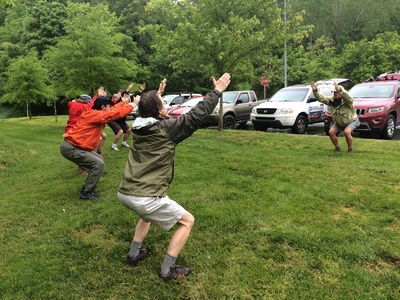

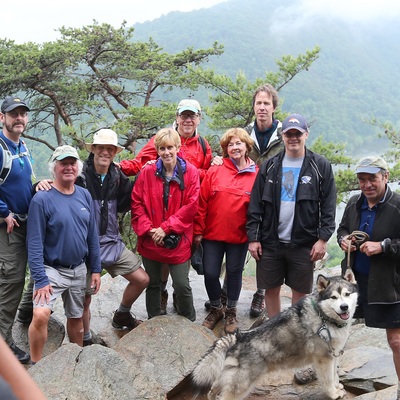
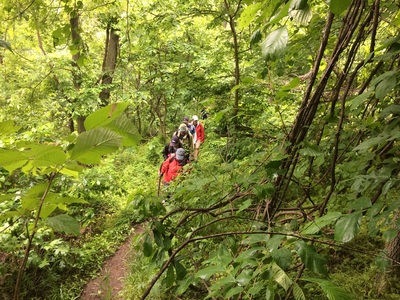
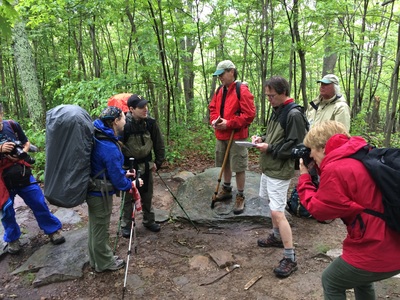

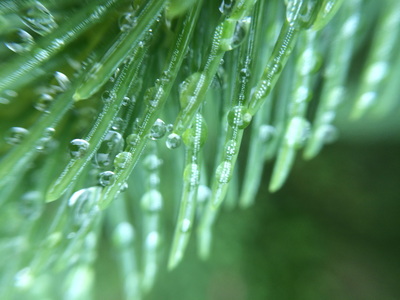
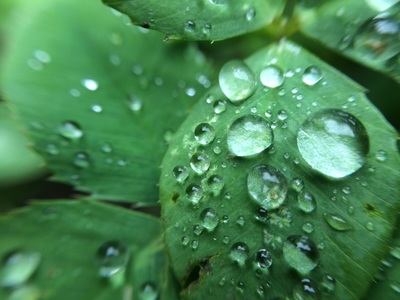
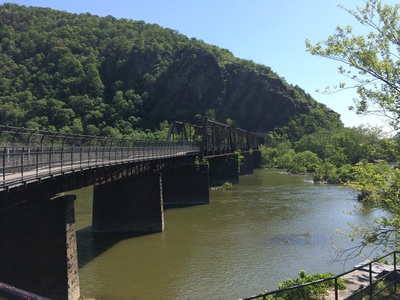
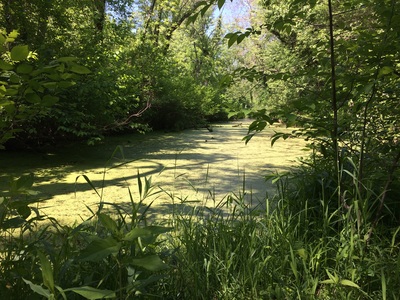
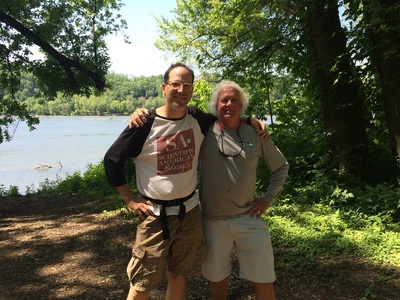
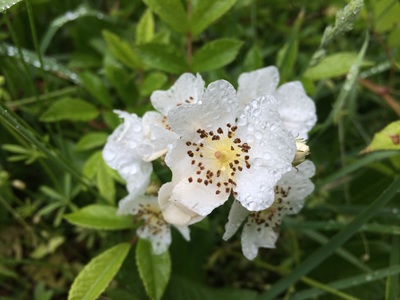
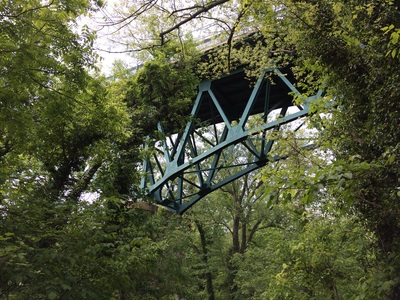
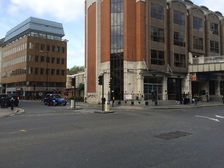
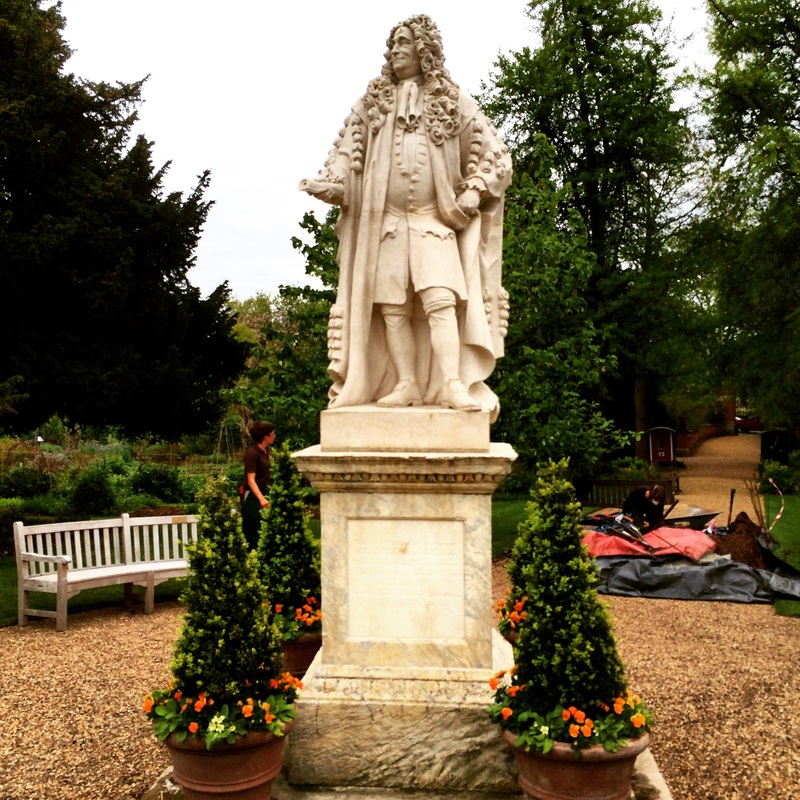
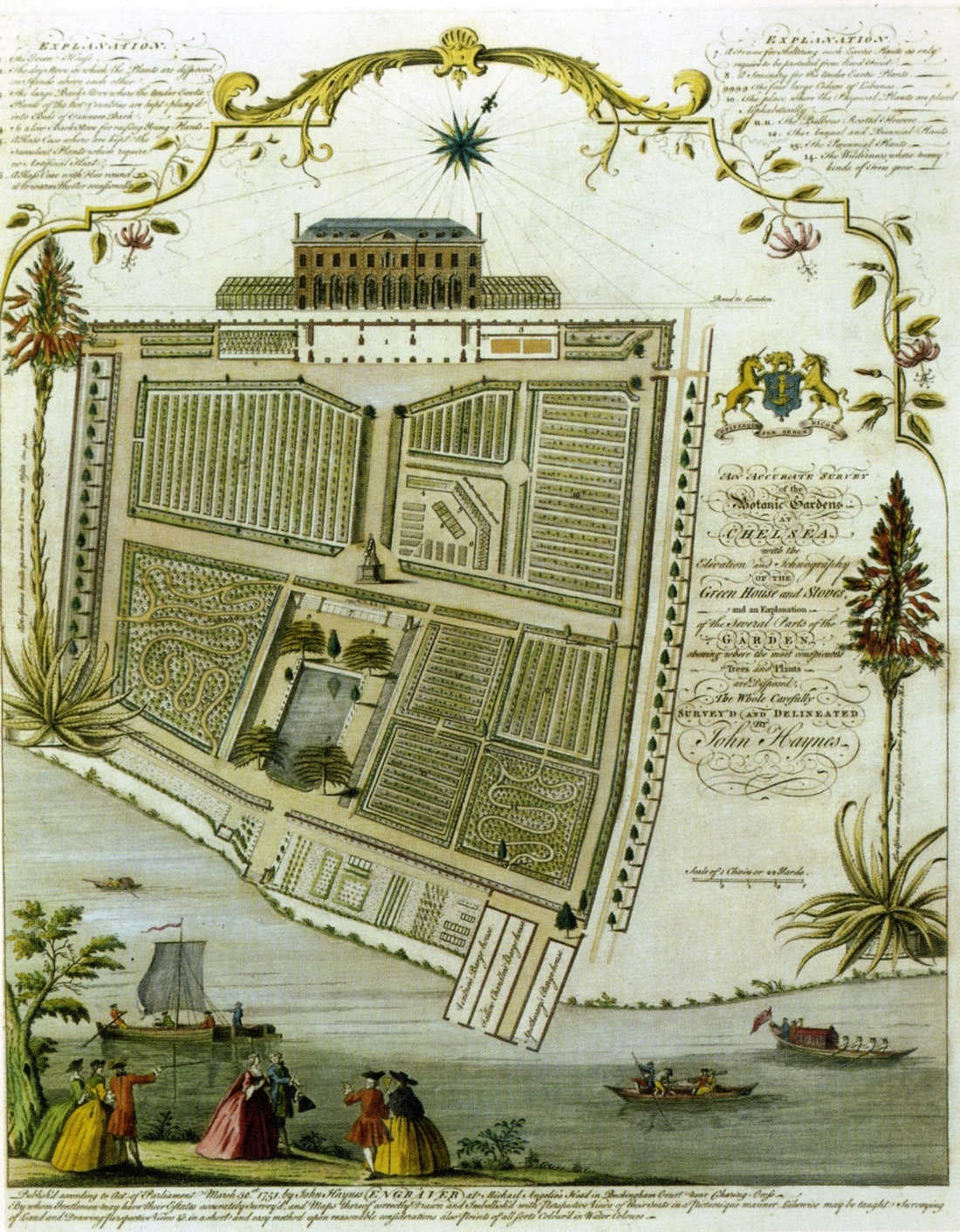
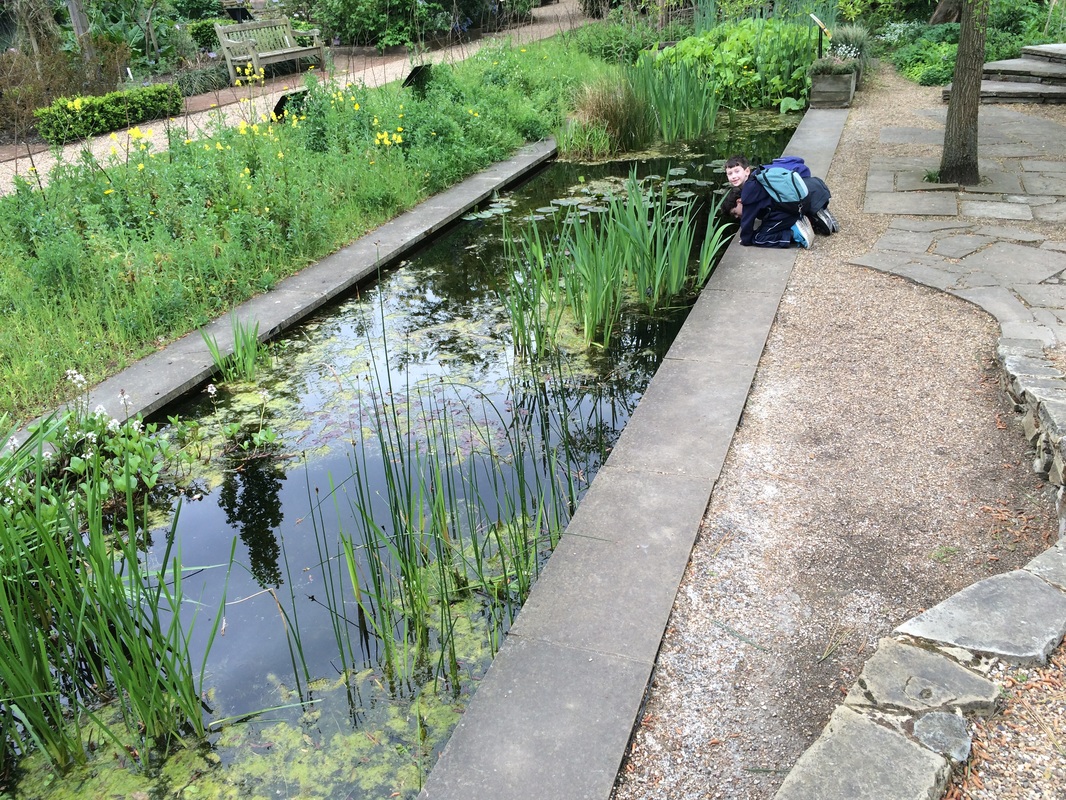

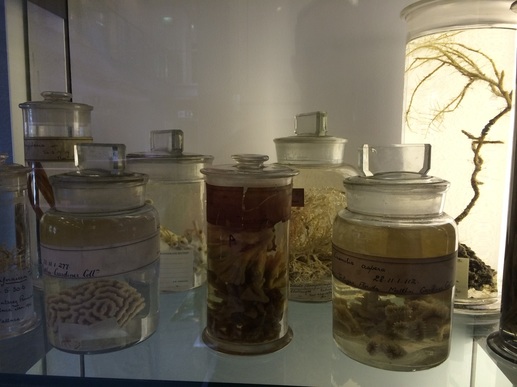
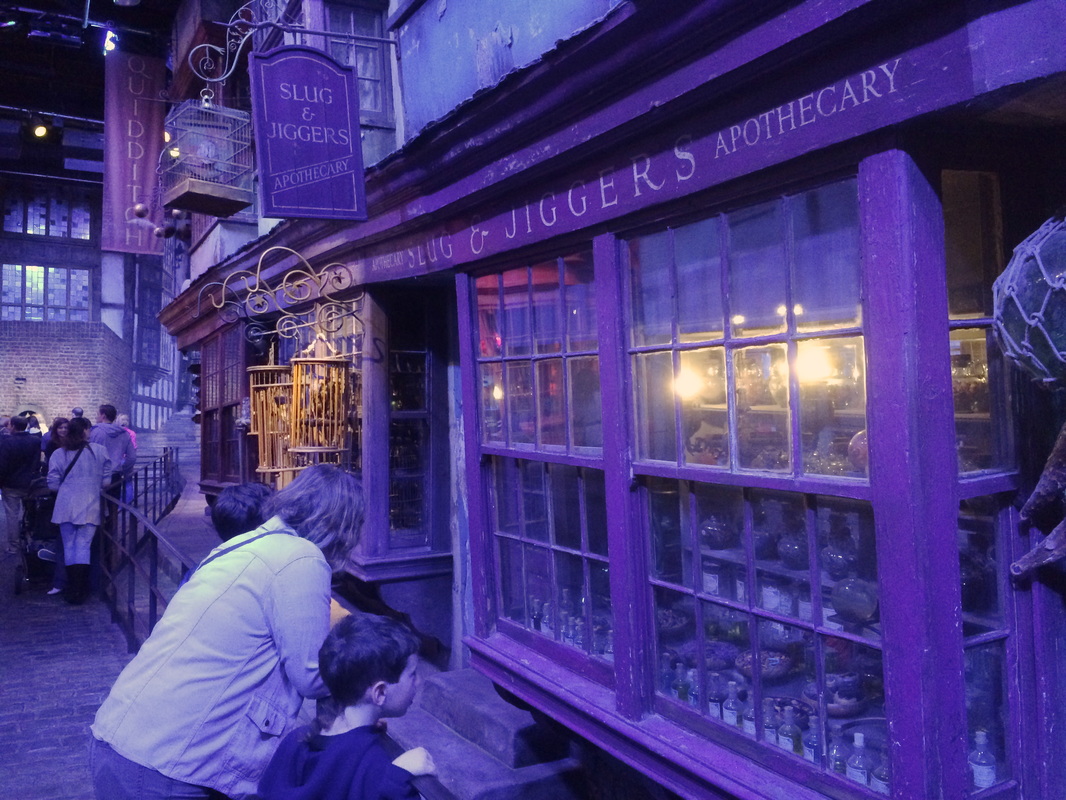

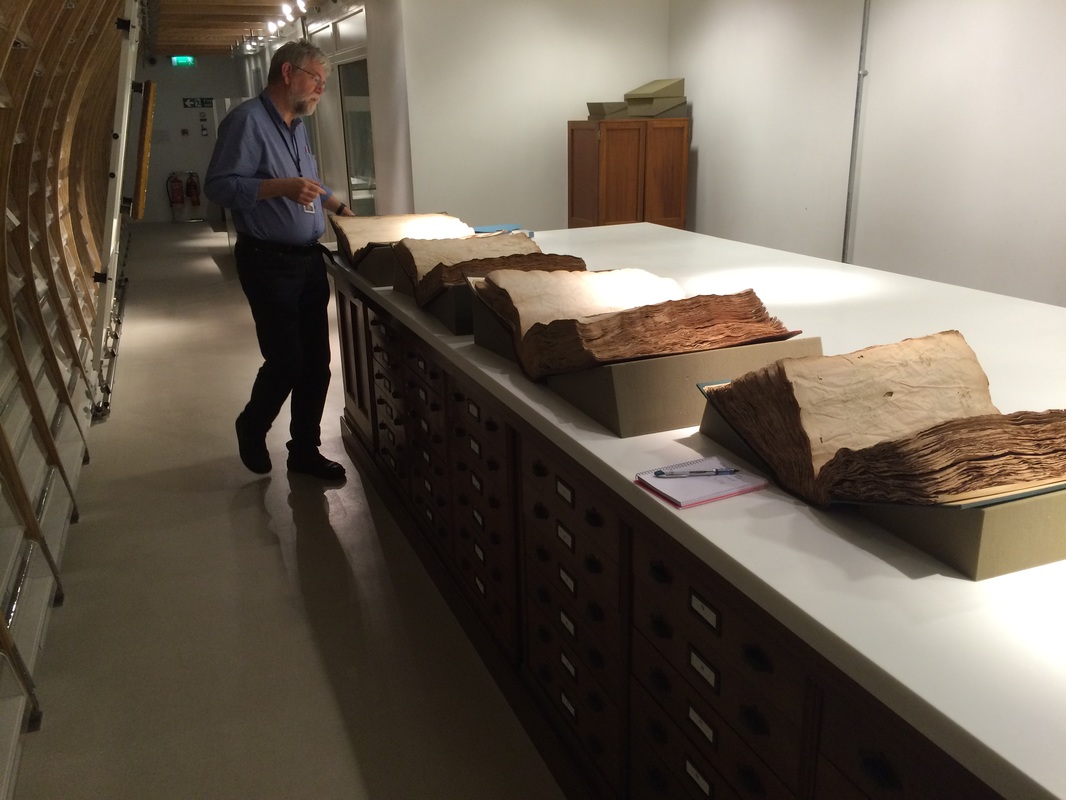
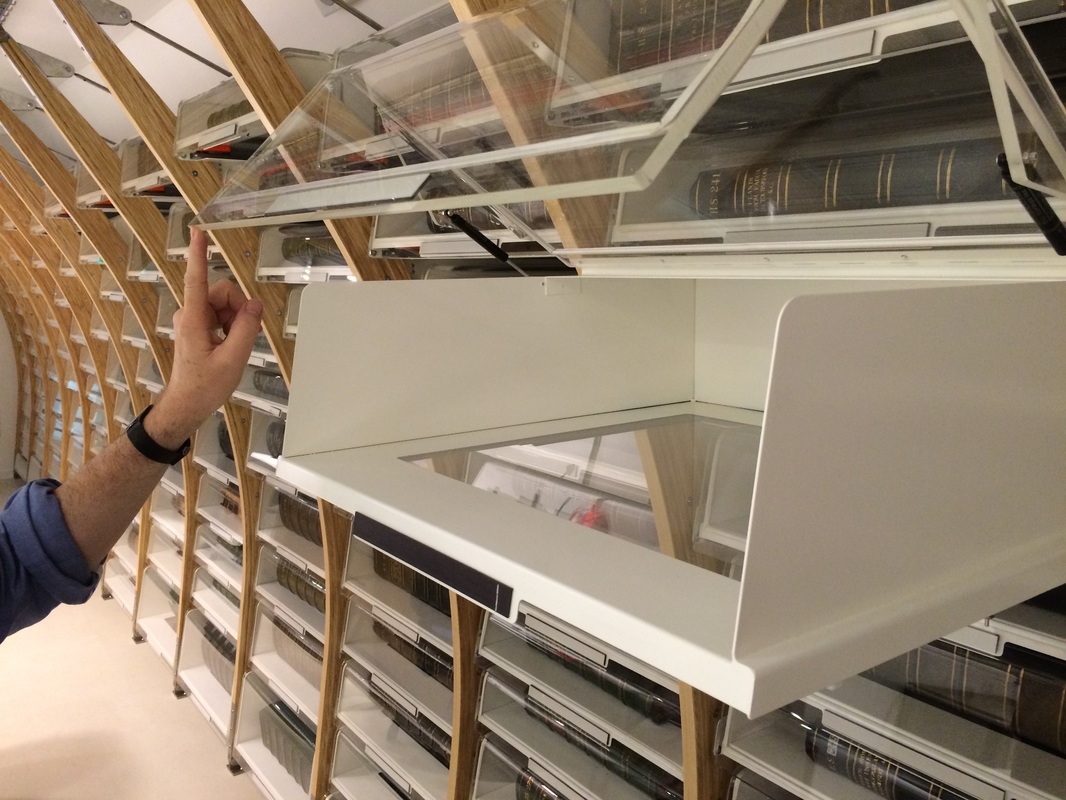
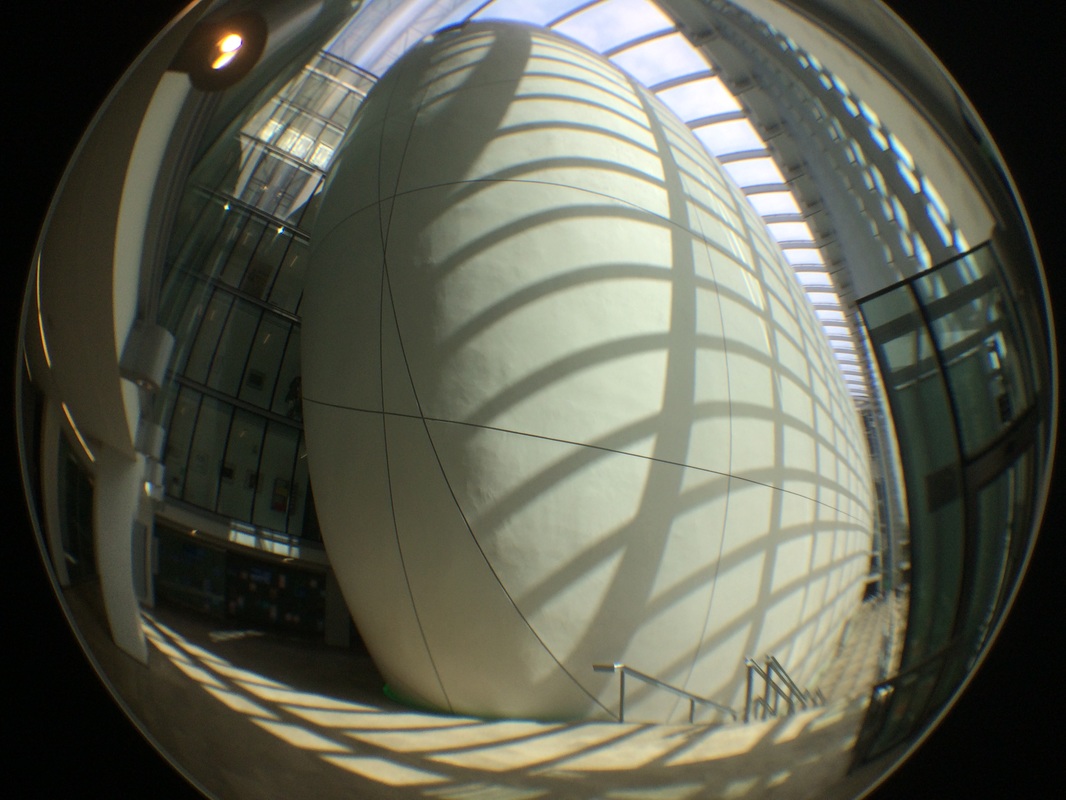
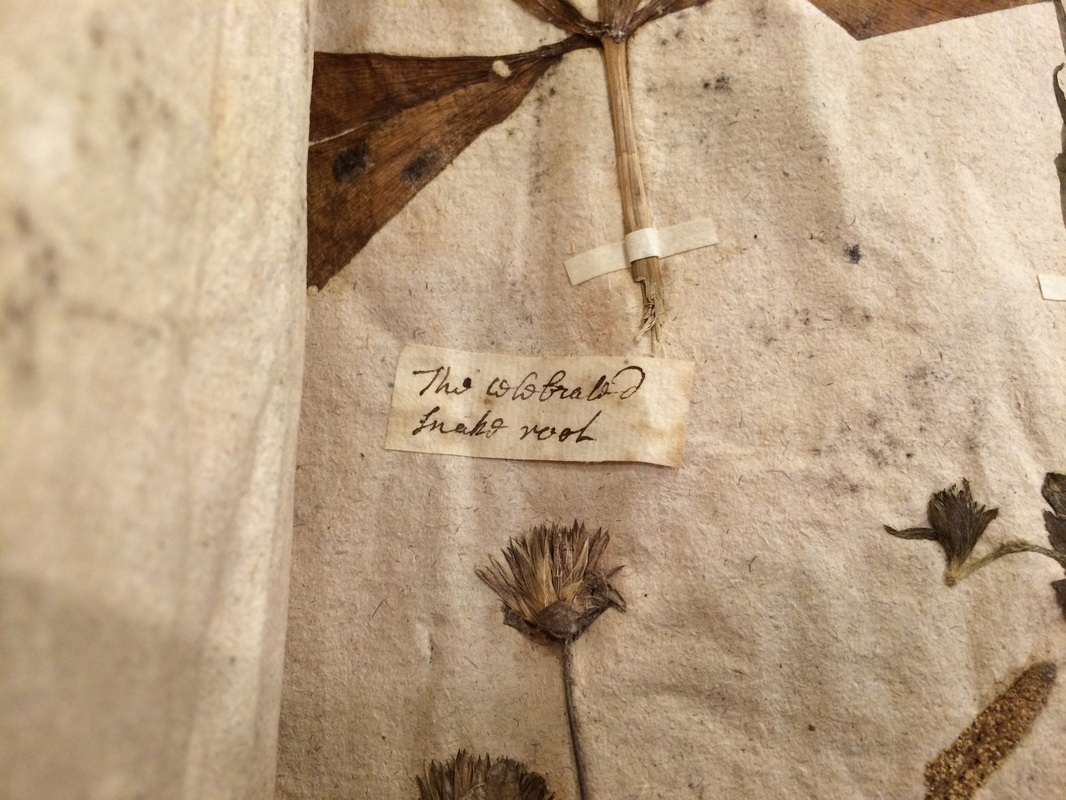
 RSS Feed
RSS Feed